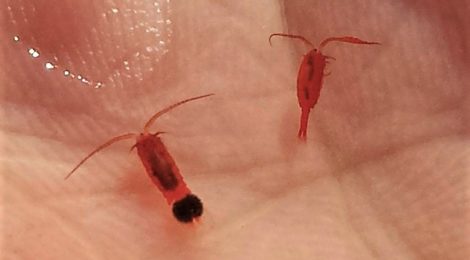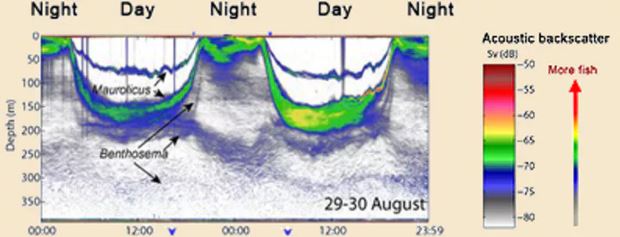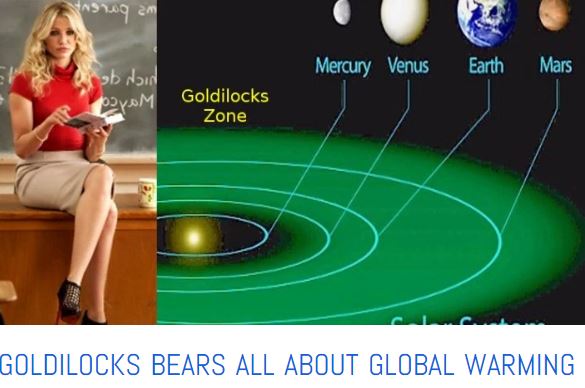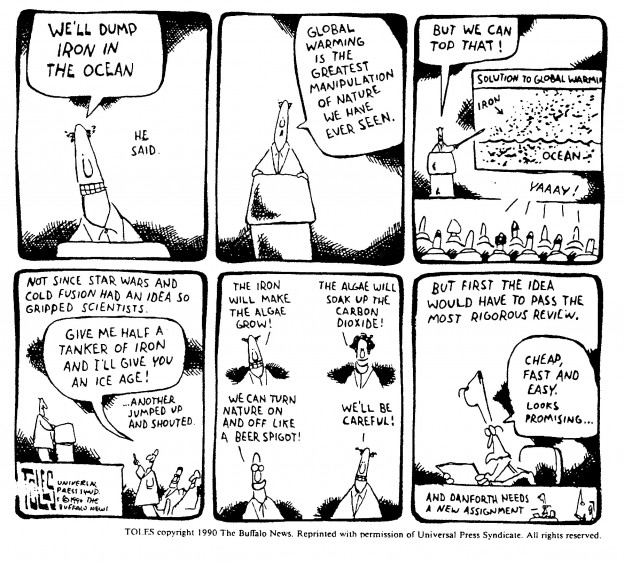
Billions Of Tonnes Of Tiny Zooplankton Will Save Our Blue Planet If We Save Them
In the new BBC Blue Planet television series, the melodious host makes mention of the billions of tonnes of copepods that nightly rise to the surface of the world’s ocean pastures.
There they graze through the night on the day’s growth of phytoplankton, the grass of those ocean pastures. Before dawn, they swim back to the deep dark abyss where they safely chew their cud and sink their ocean ‘cow pies.’
He neglects to note that this billion tonnes of micro-critters eat their weight in that ocean grass each night and that their ‘cow pies’, known in ocean science as the ‘fecal pellet express,’ send 80%-90% of that eaten ocean pasture biomass, made in part of freshly captured carbon, into millennial storage.
He also missed the mention of the fact that the ocean pastures have been reduced by 40%-50%, along with their tiny grazing zooplankton in the past 60 years. What that means is that the loss of grazing is as great an impact on global CO2 management as have been the emissions of the human race!
I have to admit I am a great fan of Sir Attenborough’s Blue Planet series even if he does leave out so many vital bits. This post is my attempt to provide some insight on the good Sirs sins of omission which are so vitally important to understanding how to deal with our sins of emission.
For more than 500 million years copepods, the most common of the tiny ocean zooplankton, have evolved to live on their blue planet. They populate a vast range of aquatic environments that include both oceans and freshwater. Their kinds combined biomass exceeds that of all other creatures on Earth. Since most zooplankton copepods live in the oceans, their massive lives have a major impact on the entire oceanic ecosystem and indeed the entire world.
As part of the zooplankton community, they are the primary link between phytoplankton (microscopic ocean plants that pull carbon dioxide from the air and mineral nutrients from the seas) upon which they feed and animals further up the food chain, like small fish, whales, and seabirds and myriad ocean life that devour copepods. Here’s a link to the Smithsonian Institutes ‘copepod library‘.
Do the simple math and reasoning. Restoring ocean pastures can and will save this blue planet from our sins of emission.
Herbivores, the plant-eaters on this planet, whether on land or in the seas have to heat a great mass of plant food to extract a tiny amount of useful nutrients from that grass. The rule of thumb is that the grazers are about 10%-20% efficient meaning that they poop about 80%-90% of the mass of what they eat. The grass of all grazing animal life all comes from the re-purposing of CO2 into that grass/plankton produced by the power of the sun via photosynthesis.
The nightly Diel Vertical Migration brings as much as 10 billion metric tons of marine life out of the shadows of the dark ocean, where they avoid the daylight hours resting on the jello-like deep thermocline in relative safety.
As night falls they charge to the surface to engorge themselves on the phytoplankton of the ocean pastures, before dawn they make a speedy retreat into the darkness. On nights with a full moon illuminating the ocean, they must remain in the deep for a lunar fast. If found near the surface, in sufficient light to be seen, they are lunch.
The Importance of the multitudes of this greatest of all animal life on “Earth’ is tragically left out of almost all ‘climate change’ models. The straight forward math working from the common measure of the ‘standing/living’ biomass of these tiny friends reveals a Who’ Who of Earthly Climate Change.
10 billion tonnes of tiny grazers who are 80% water, or 20% ‘flesh,’ their life can be converted to their ‘climate change’ carbon metric. Their ‘dry weight’ is reported to be 40% carbon. That means that 2 billion tonnes of ‘flesh’ represent 800 million tonnes of C, multiply that by 3.67 to give the CO2e equivalent and we arrive at a mass of 2.93 billion tonnes of CO2e. While on a good grazing night they eat their weight in phytoplankton they don’t graze every night so there is a big reduction. As well the ocean pastures are not always at the peak of health and able to provide that amount of good graze. Here’s a link to a paper on the carbon metrics of ocean plankton.
Are you mesmerized yet…. no… OK continue.
The fact is these grazers eat their weight in plankton every night. ! So every night, save in the light of the full moon, they consume a small percentage of the CO2 emitted by the human race in all of our excess fossil fuel burning and land-use change combined.
Hmmm this math is getting interesting…. There are after all 365 nights in a year!
So on the face of this simple math our tiny friends ought to be consuming about 10 times the amount of CO2 each year as the human race is spewing.
Alas the story is not so rosy as our tiny friends have been in a delicate balance with their environment and our CO2 excesses have unbalanced all of nature in the oceans. As a result, the ocean pastures and their life both plant and animal are in terrible trouble. They have been collapsing for decades and today are widely reported to have lost 40%-50% of their life.
Much of the world’s oceans have become clear blue deserts. Their capacity to do their job of sustaining their and our Blue Planet in the “Goldilock’s Zone” in our solar system is failing and if something is not done to replenish and restore them we are all frogs in that proverbial slowly heating pot of water.
While doing whatever might be possible to not add more CO2 into our air and oceans, as in reducing tomorrow’s CO2 emissions, is a great idea it is too little too late to deal with the lethal overdose of yesterday’s trillion tonne overdose of CO2 that demonstrably killing off the ocean pastures and our tiny allies.
Throughout this blog of mine, you will find scores of stories and references on how our CO2 is killing the ocean pastures but reducing dust in the wind. The ‘dustfall’ is what ocean pasture plants need most, just like pastures on land need ‘rainfall.’ Just keep this adage in mind, “MORE GRASS GROWING MEANS LESS DUST BLOWING.”
If you are an engineer who wants to build human machines, government bureaucrats who want to manage, academics who want to pontificate, or activists who want to point fingers and protest you likely don’t want to hear that the real solution to our planetary climate crisis is more immediately solved by legions of ‘people’ about the size of a grain of rice who work for food.
We have in our hands the know-how to replenish the missing dust that is needed to restore the ocean pastures and their copepods and other zooplankton grazers. They will happily tend their ocean pastures and scrub our sins of emissions clean as well as our souls in return for our efforts on their behalf.
The late great John Martin showed us the way.
Of course, veritable legions of humans threatened by Martin’s transformational ideas have waged war against he and all those who have attempted to follow his lead to promptly replenish and restore Nature so that she and her and our tiny friends would do the heavy lifting to save us all.












Sounds like it’s time to reseed and restore the plankton!!!
Thank you Russ for continuing to promote viable solutions to problems that some people don’t want solved.